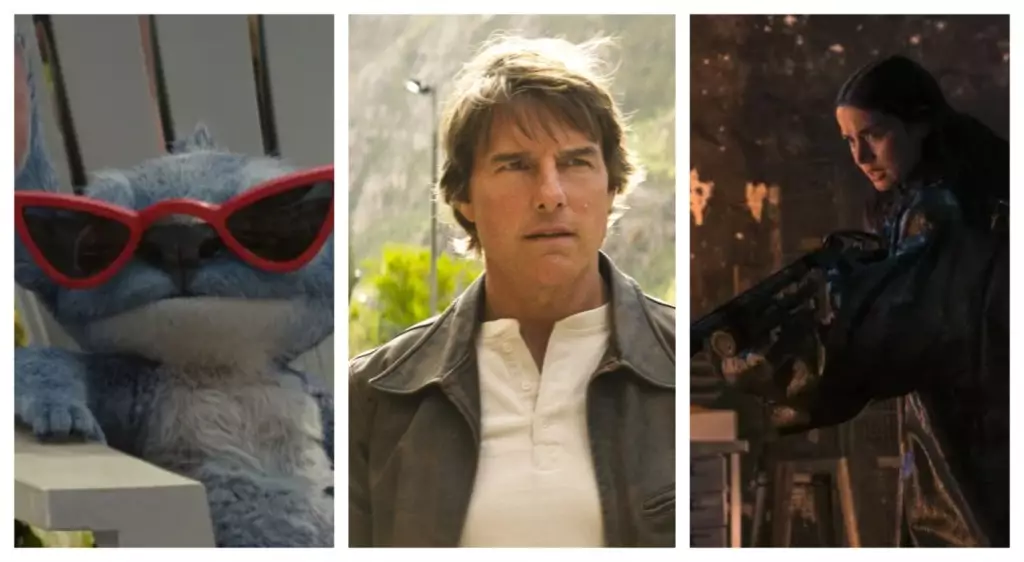Disney’s latest release, “Lilo & Stitch,” is not just another animated film; it has emerged as a significant cultural phenomenon, raking in a staggering $772.6 million globally as it edges toward the $800 million milestone. This remarkable achievement is a testament to the film’s broad appeal, particularly to family audiences who have been drawn into the whimsical world of Hawaii and its endearing characters. In an age where animated films often struggle to maintain their allure, the success of “Lilo & Stitch” signals a powerful resurgence in storytelling that resonates with viewers of all ages.
It’s crucial to analyze not just the numbers, but what they represent in the broader context of cinema. This film has managed to secure its dominance across numerous international markets, which speaks to its universal themes of family, friendship, and acceptance. In an increasingly divided world, “Lilo & Stitch” stands as a beacon of hope and unity, reminding audiences of the power of connection.
The Competition: Mission: Impossible’s Stronghold
While “Lilo & Stitch” enjoys its moment in the sun, competition is fierce. Paramount’s “Mission: Impossible – The Final Reckoning” has also carved out a significant share of the box office pie, surpassing $450 million globally. Yet, unlike Disney’s offering, “Mission: Impossible” serves a different audience—those craving adrenaline-fueled action over heartfelt narratives. The franchise remains a juggernaut, but it does so by appealing primarily to a demographic that prioritizes thrills over emotional depth.
The comparative success of these two films highlights a critical divide in modern cinema: the battle between nostalgia and innovation. While “Mission: Impossible” relies on well-trodden tropes and predictable excitement, “Lilo & Stitch” brings something fresh to the table, infusing a sense of warmth and sincerity that has often been eclipsed by fast-paced action movies.
The Lowdown on ‘Ballerina’
Perhaps the most intriguing and controversial entry this week is Lionsgate’s “Ballerina,” a spinoff from the John Wick franchise featuring Ana de Armas. Although anticipated to perform strongly, it debuted disappointingly with a mere $51 million globally. The numbers reveal a stark reality: even star power and established franchises are no guarantee of box office success. The film’s performance raises questions about its marketability and how well audiences are willing to absorb spinoffs of franchises known primarily for their lead characters.
Its underwhelming opening marks a pivotal moment, emphasizing the paramount importance of both quality storytelling and audience connection. Perhaps it’s time for Hollywood to reconsider its tendency to churn out sequels and spinoffs devoid of originality. Predictable narratives and formulas can only take a film so far, and “Ballerina” serves as a cautionary tale that not all entries in a beloved franchise are destined for success.
International Markets and Cultural Resonance
The success of “Lilo & Stitch” in international markets underscores its emotional resonance across cultures. The film has topped charts not just in the United States, but also in countries like France, Mexico, and Japan, showcasing its universal themes of love and belonging. It’s noteworthy that in Japan, the film opened with an impressive $4 million—the third-highest opening for a studio title in 2025, proving that a well-crafted story can transcend cultural boundaries.
This speaks volumes about the potential of animated films to promote positive cultural dialogues. In an era where cultural appropriation is heavily scrutinized, “Lilo & Stitch” manages to celebrate Hawaiian culture respectfully, fostering appreciation rather than exploitation. This approach could serve as a template for future productions in how they navigate the complex landscape of globalization and cultural representation.
Revisiting Franchise Formula
Looking ahead, the cinematic landscape begs for innovation rather than formulaic productions that rely solely on established franchises. “Mission: Impossible” has thrived on its proven formula, but how much longer can it maintain this trajectory? Similarly, “Ballerina” serves as a wake-up call: audiences are increasingly discerning, gravitating towards films that offer fresh narratives instead of rehashed plots.
The immense success of “Lilo & Stitch” emphasizes a market inclination towards authenticity. This trend suggests a possible shift in Hollywood’s approach, moving away from its incessant drive for franchises and toward meaningful storytelling. It’s a bold reminder that, in the age of advanced cinema technology and captivating visual effects, the heart of storytelling remains in the characters and arcs that audiences can genuinely connect with.
As we witness this cinematic evolution, it is crucial that the industry recognizes the value of originality and emotional depth to meet the demands of an astute and diverse audience.

